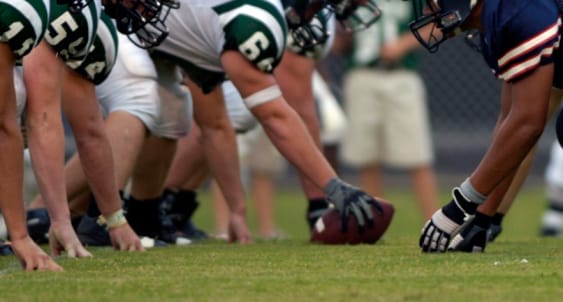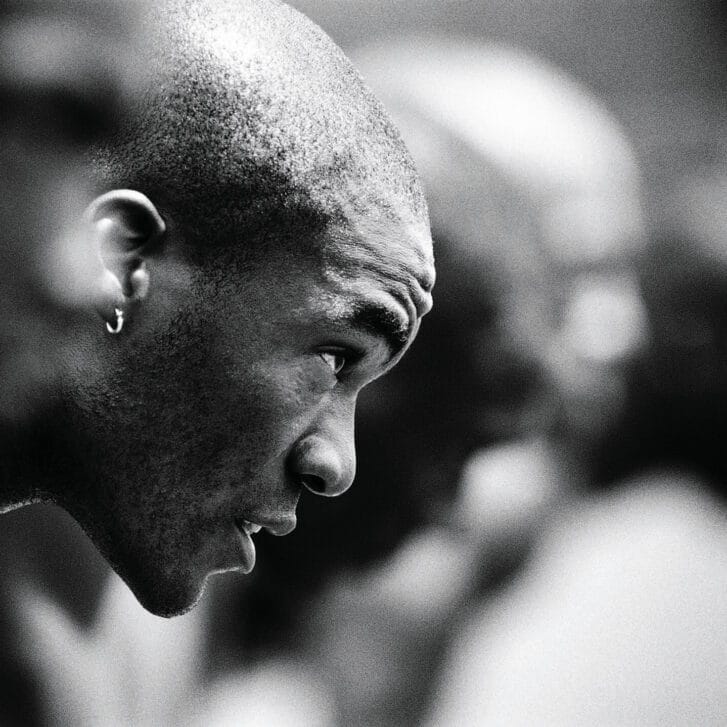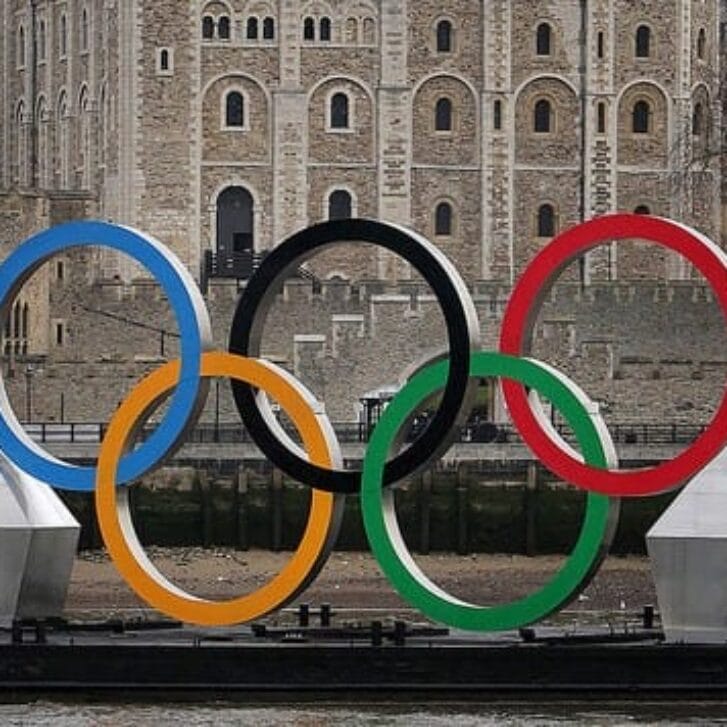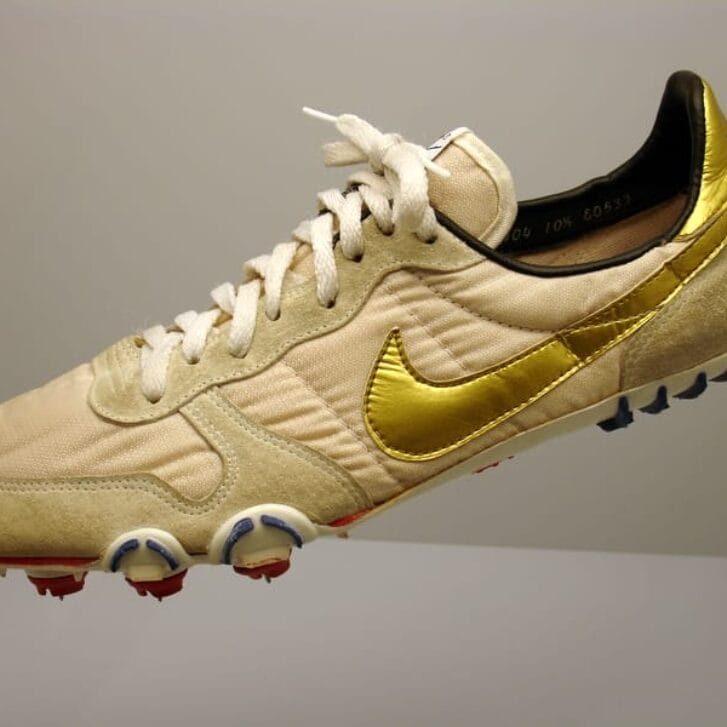The start of the National Football League season also signals the start of a run of collective bargaining agreement negotiations in the NFL, Major League Baseball, National Basketball Association and National Hockey League.
This is a rare multi-sport perfect storm moment.
Apart from touchdowns, goals and home runs, much of the sports focus this term will be on whether there will be new deals, strikes or lockouts, the tool most likely to be used if no deals can be reached. So pull out your labor primers—it’s all about how much money goes to what side of the table.
Predicting the outcome of each of these labor situations is riskier than calling the point spread on any given Sunday. For all of the parties involved, however, shutting down their sport is the last resort. Baseball and, more recently, hockey were the last two sports to experience work stoppages. As those leagues learned, while the monetary troubles related to labor strife are certainly tough, even more problematic is the negative public relations hit a sport takes when it shuts down.
Across all sports it is clear that fair deals are there to be made. In the negotiations course here at Wharton we focus heavily on the importance of developing a relationship with your counterpart so that all of the relevant information can be placed on the table. Labor relations in American team sports have always made this productive step a rare event.
But it is a simple proposition: The more information you have on the table, the more likely the parties in any negotiation are to reach a fair deal.


























